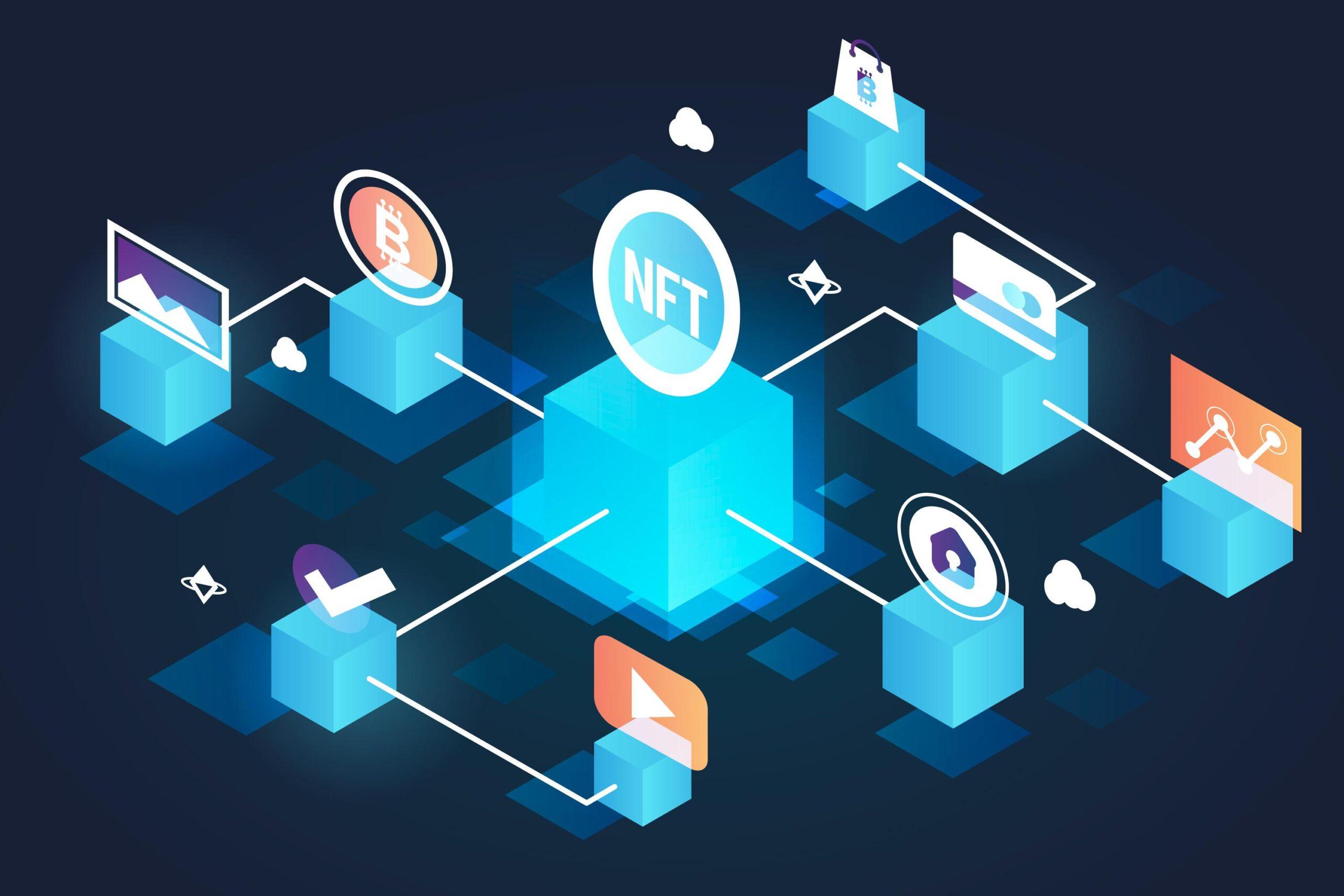Introduction
Blockchain technology has emerged as a transformative force, disrupting traditional systems by revolutionizing trust and security in various industries. Originally developed as the underlying technology for cryptocurrencies like Bitcoin, blockchain has evolved into a decentralized and tamper-resistant ledger system with vast applications beyond finance. In this comprehensive guide, we will explore the intricacies of blockchain technology, its foundational principles, its applications across industries, and the potential it holds for the future.
1: Understanding Blockchain Technology
Blockchain is a distributed ledger technology that operates on a decentralized network of computers, known as nodes. Each block in the blockchain contains a list of transactions, and these blocks are linked together in chronological order, forming a chain. Each block is cryptographically linked to the previous one, creating an immutable record of all transactions on the network. This decentralized and transparent nature of blockchain ensures that no single entity has control over the data, enhancing trust and security.
2: The Foundational Principles of Blockchain
This section delves into the foundational principles that make blockchain a powerful technology. It explains the concepts of decentralization, immutability, consensus mechanisms, and cryptographic security. Decentralization ensures that data is not stored in a central server but distributed across the network, making it resistant to single points of failure and attacks. Immutability ensures that once data is recorded on the blockchain, it cannot be altered or deleted. Consensus mechanisms, like Proof of Work (PoW) or Proof of Stake (PoS), enable nodes to agree on the validity of transactions, ensuring the accuracy and integrity of the blockchain. Cryptographic security ensures that data on the blockchain is encrypted, providing a high level of protection against unauthorized access.
3: Applications of Blockchain Across Industries
Blockchain technology has far-reaching applications across industries, each with unique use cases that capitalize on its decentralized and secure nature. In finance, blockchain has disrupted traditional banking with faster and more cost-effective cross-border transactions. It has also revolutionized supply chain management, enabling transparent tracking of goods from manufacturer to consumer, reducing fraud and counterfeiting. In the healthcare sector, blockchain has facilitated secure and interoperable sharing of medical records, leading to improved patient care and medical research. Moreover, blockchain is transforming voting systems, intellectual property management, real estate transactions, and many other industries.
4: Smart Contracts: Automating Trust
Smart contracts are self-executing contracts with the terms of the agreement directly written into code. They run on blockchain networks and automatically execute when the predefined conditions are met. This section explains the concept of smart contracts, their benefits, and how they can automate various processes in a trustless manner. Smart contracts have significant implications for industries like insurance, legal, and supply chain management, streamlining processes, reducing costs, and eliminating the need for intermediaries.
5: Challenges and Scalability Issues
As promising as blockchain technology is, it is not without challenges. This section addresses issues such as scalability, energy consumption (in the case of PoW consensus), and regulatory concerns. Scalability remains a significant hurdle for blockchain to achieve mainstream adoption, as increasing the number of transactions per second while maintaining decentralization poses challenges. Additionally, the energy-intensive nature of PoW consensus mechanisms has raised environmental concerns. Regulatory frameworks for blockchain and cryptocurrencies also vary across different jurisdictions, presenting legal and compliance challenges.
6: Privacy and Security Considerations
Blockchain’s transparency is one of its greatest strengths, but it also raises privacy concerns. While transactions are pseudonymous, meaning that users’ real identities are not directly linked to their blockchain addresses, the transparent nature of the blockchain can potentially reveal patterns of transactions that may compromise user privacy. This section discusses privacy-enhancing technologies like zero-knowledge proofs and how they address privacy concerns while maintaining the integrity of the blockchain.
7: The Future of Blockchain Technology
The future of blockchain technology is filled with possibilities. This section explores potential advancements, such as second-layer scaling solutions, sharding, and interoperability protocols, which aim to address scalability issues. Furthermore, the rise of central bank digital currencies (CBDCs) and decentralized finance (DeFi) applications indicates a growing interest from governments and financial institutions in blockchain technology. The integration of blockchain with the Internet of Things (IoT) and artificial intelligence (AI) opens up new frontiers for decentralized and autonomous systems.
Conclusion
Blockchain technology is revolutionizing trust and security across industries, promising to reshape the way we exchange value, verify identities, and conduct transactions. Its decentralized nature, cryptographic security, and immutability have the potential to create more transparent, efficient, and secure systems. While challenges remain, ongoing research and development efforts are driving blockchain towards greater scalability, privacy, and usability. As blockchain adoption continues to grow, its transformative impact on various sectors will only become more apparent, paving the way for a future where trust and security are seamlessly integrated into the fabric of our digital world.




